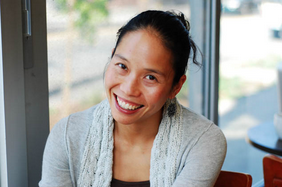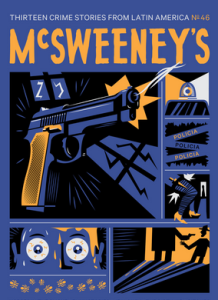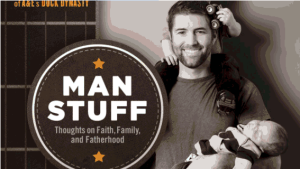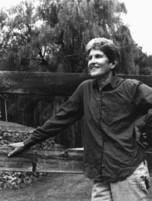For many writers, the work of writing is a solitary one. More than most professions, writing seems to lend itself the idea that the written word is the life of the mind put to page and that its ends are best achieved locked away somewhere, just doing the work. In a recent piece in the New York Times, Bonnie Tsui, author of American Chinatown, challenges that popular notion by discussing her experience working in a writers collective.
(Image: Bonnie Tsui)
Tsui, for a large portion of her professional life, had been a magazine editor in New York City. She says that the office atmosphere never appealed to her, and that she was always plagued by insecurities that writers so often face regarding acceptance and envy of their peers. However, after leaving New York to live in the Bay Area, Tsui joined the San Francisco writers grotto.
Joining the collective allowed Tsui the opportunity to share working space with writers of all stripes, working in all genres. She says that what she found there was unlike any experience she had working at a magazine – a confidence in herself and faith in her own voice as a writer.
She attributes this to talking in a writerly context. Tsui asserts that she has many social dates with friends and is hardly a recluse, but interacting with writers within her collective has allowed her to talk through her ideas so that they are more streamlined and clear before she attempts to put them on the page. She finds that she does not simply talk about narrative, structure and grammar with her fellow writers, but also explore day to day endeavors that shape the spirit of what she writes.
Tsui describes composing her own work and wondering what others in her group would think about a line, or who they would approach a particular literary problem. The result is a way of finding an individual voice via committee.
“I” has become, at times, a comfortable “we.” Tsui says.








